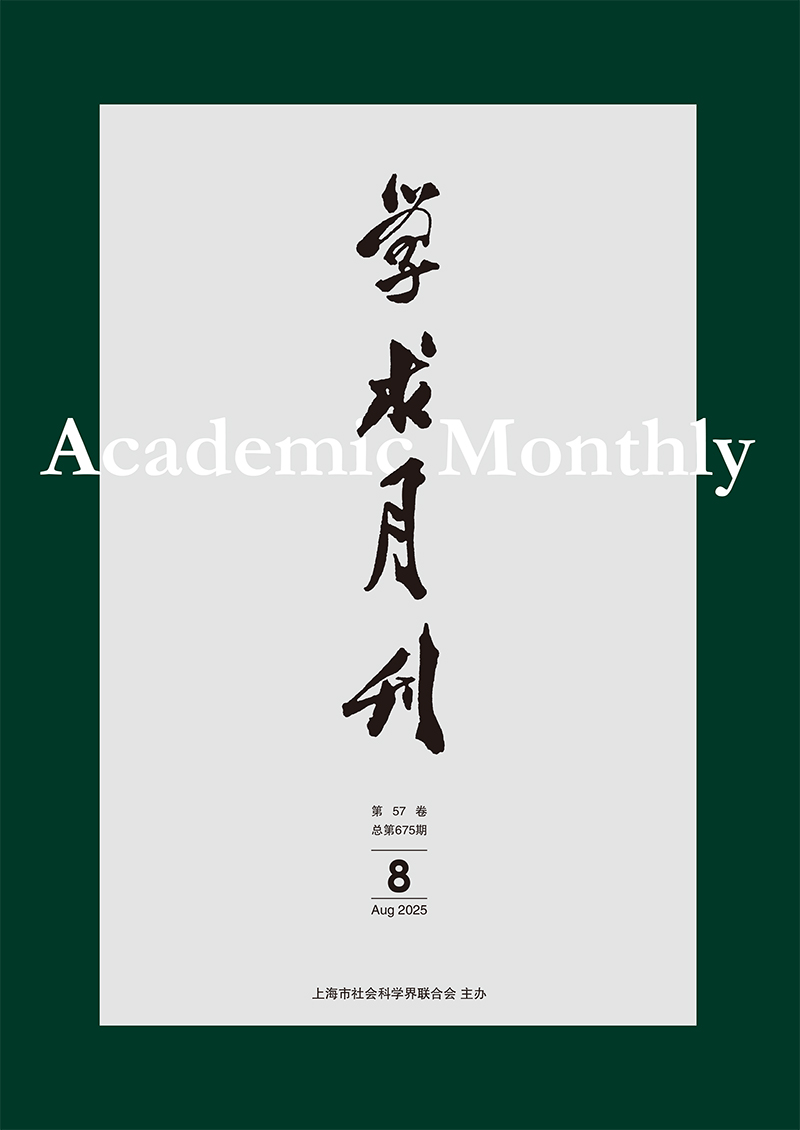From Villages to Counties: The Transformation of Spatial Unit in Chinese Social Research
Abstract: What kind of spatial unit should serve as the analytical foundation for understanding Chinese society? This article adopts a historical perspective to examine both the theoretical reflections and empirical findings of sociological researchers regarding the role of various natural area—such as villages, market towns, communities, and counties—in understanding Chinese society. Beginning with the Rural Reconstruction Movement, scholars began to regard the countryside as the foundation for both social research and social reform in China, and discussed how rural economies and everyday life were integrated at the level of towns or counties. Subsequent discussions placed greater emphasis on the communal dimensions of Chinese social research, examining the socio-ecological value of villages, market systems, towns, administrative units, and communities of varying scales within the context of studying Chinese society. With the reform and open policy, and the revival and development of sociology, researchers experienced a wave of interest in township-level studies, and gradually began to reassess the county's value and practical significance as socio-ecological space for understanding Chinese society, in light of its growing role in administrative, economic, and social integration. Accordingly, this paper aims to further elucidate the underlying mechanisms driving the selection and transformation of spatial unit in contemporary Chinese social research, and to advance a more comprehensive understanding of Chinese society.



 沪公网安备 31010102003103号
沪公网安备 31010102003103号 DownLoad:
DownLoad: